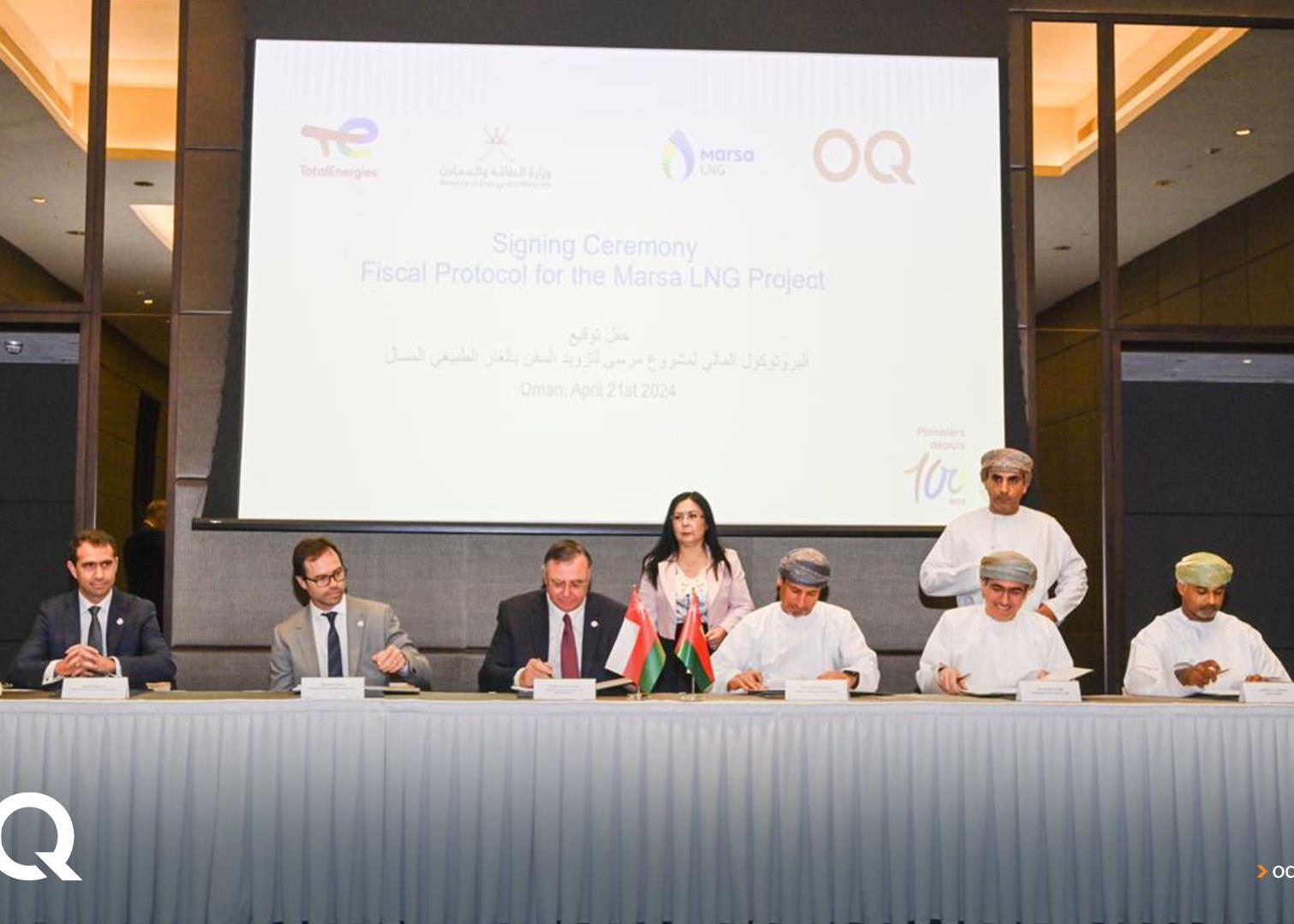
The brief recovery of the tourist industry last year resulted in a slight increase in average occupancy rates across the region to 66 per cent, compared with 64 per cent in 2001. However, this was offset by a 4 per cent decline in average room rates to $81. According to HVS: 'This decrease was attributable mainly to the global economic downturn, which had a negative impact on the spending power of business and leisure travellers. Furthermore, we note that the region is facing increased competition from destinations such as North Africa and Asia. In addition, the increased hotel supply in many markets in the region resulted in hoteliers adopting a more aggressive pricing policy to maintain occupancy levels.'
Several destinations bucked the regional trend last year, largely due to an increase in intra-regional travel as holidaymakers from GCC states cut back on travel to the US and Europe in favour of holidays closer to home. The most striking example was Beirut, where a major influx of Gulf visitors contributed to a 13 per cent increase in revenue per available room (RevPAR) on the previous year to $63. Hotels in Damascus and Dubai enjoyed an increase in revenues, as did hotels in Kuwait, which enjoyed an unexpected 7 per cent increase in RevPAR to $95. HVS attributes Kuwait's comparative surge in annual revenues to an increase in business visitors and to the military build-up in the last quarter of 2002, prior to the US-led invasion of Iraq.
Egypt remains the top-performing country in terms of tourist arrivals, followed by Saudi Arabia and the UAE, which rank equal second. Egypt registered 12 per cent growth in tourist arrivals to 5.2 million last year. However, the Iraq conflict has had a marked effect on the tourist industry in 2003. 'This is mainly due to the nature and characteristics of the visitation to Egypt, as approximately 70 per cent of visitors originate from European countries,' says the report.
Despite regional tensions, over the past six years the Middle East has seen by far the greatest growth in tourist arrivals of any region in the world, with a 70 per cent increase in visitors since 1996 (see chart).
You might also like...

Contractors win Oman Etihad Rail packages
23 April 2024

Saudi market returns to growth
23 April 2024

Middle East contract awards: March 2024
23 April 2024

Swiss developer appoints Helvetia residences contractor
23 April 2024
A MEED Subscription...
Subscribe or upgrade your current MEED.com package to support your strategic planning with the MENA region’s best source of business information. Proceed to our online shop below to find out more about the features in each package.






